In the rapidly evolving landscape of IT, the integration of Artificial Intelligence for IT Operations (AI Ops) is revolutionizing how organizations manage their infrastructure and processes. For IT professionals, understanding AI Ops and its implications is increasingly crucial. This article dives into the advanced concepts of AI Ops, exploring its benefits, real-life applications, and future potential.
Toc
Introduction to AI Ops
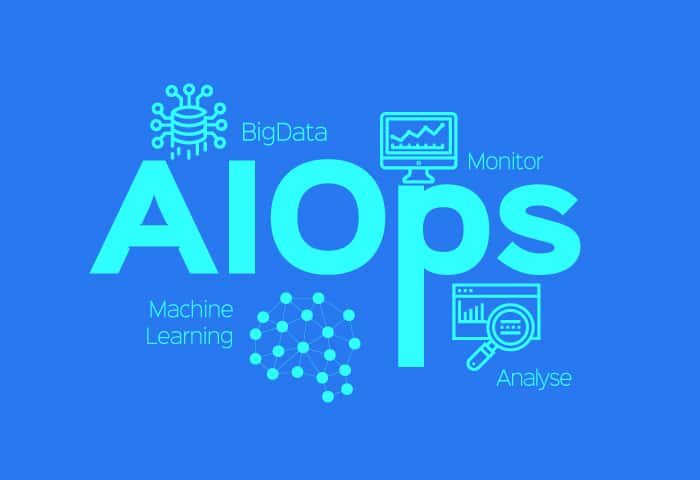
AI Ops combines Artificial Intelligence (AI) and Machine Learning (ML) technology with the traditional IT operations to help teams manage their infrastructure more efficiently. It uses advanced algorithms and predictive analytics to automate tasks, identify trends, and detect anomalies in real-time. This enables faster detection and resolution of issues, leading to improved performance and reduced downtime.
What is AI Ops?
AI Ops is a set of technologies and practices that enable organizations to automate their IT operations and streamline decision-making processes. It leverages AI and ML capabilities to analyze vast amounts of data from various sources, including logs, metrics, and events. This helps teams gain insights into the performance of their infrastructure, identify patterns, and make data-driven decisions.
Benefits of AI Ops
- Efficiency: By automating routine tasks and providing real-time insights, AI Ops enables teams to work more efficiently. This reduces manual effort and frees up time for IT professionals to focus on higher-value tasks.
- Faster problem resolution: With proactive monitoring and predictive analytics, AI Ops can detect issues before they escalate and provide suggestions for resolution. This results in faster problem resolution, minimizing downtime and improving overall system performance.
- Cost reduction: By optimizing resource allocation and reducing downtime, AI Ops can result in cost savings for organizations. It also helps teams avoid costly mistakes by identifying potential issues early on.
- Improved customer experience: With faster problem resolution and improved system performance, AI Ops ultimately leads to a better customer experience. This is especially crucial in today’s digital world, where customers expect seamless and reliable services.
How Does AI Ops Work?
AI Ops works by ingesting data from various sources such as logs, metrics, events, and traces. It then processes this data using machine learning algorithms to provide insights and actionable recommendations. The key components of AI Ops include:
- Data Collection: Aggregating data from disparate IT systems.
- Data Analysis: Applying machine learning models to identify trends and anomalies.
- Automation: Implementing automated responses to detected issues.
- Visualization: Displaying insights through dashboards and reports.
The Benefits of AI Ops for IT Professionals and Organizations
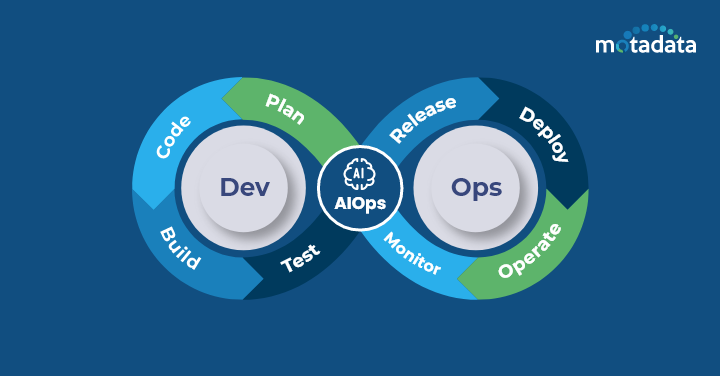
AI Ops offers several benefits for IT professionals and organizations, including:
Enhanced Efficiency
One of the primary advantages of AI Ops is its ability to enhance efficiency across IT operations. By automating routine tasks such as log analysis, system monitoring, and incident management, AI Ops helps teams to eliminate manual, time-consuming processes. This allows IT professionals to focus on strategic initiatives rather than day-to-day operational challenges. Furthermore, AI Ops provides advanced analytics that can identify performance bottlenecks or areas for improvement, enabling organizations to optimize their processes continuously. Through improved resource allocation and task prioritization, teams can respond more quickly to changes in the IT landscape, ensuring that business objectives are met effectively and efficiently. As a result, not only does AI Ops streamline operations, but it also fosters a culture of innovation, where IT professionals are empowered to pursue more complex projects that drive value for their organizations.
Proactive Problem Management
AI Ops also excels in proactive problem management, significantly improving the reliability of IT systems. By leveraging predictive analytics, AI Ops can monitor system performance and detect anomalies before they escalate into critical issues. These advanced algorithms analyse historical data to identify patterns, enabling teams to address potential concerns proactively. This shift from a reactive to a proactive approach not only minimizes downtime but also enhances the overall resilience of IT infrastructure. As organisations increasingly embrace digital transformation, the ability to anticipate and resolve issues swiftly becomes a critical differentiator, ensuring that IT environments remain robust and operationally sound. Consequently, AI Ops supports a more resilient IT ecosystem, fostering confidence among stakeholders and enhancing service delivery.
Data-Driven Decision Making
Another key advantage of AI Ops is its ability to facilitate data-driven decision making within IT organizations. By harnessing the vast amounts of data collected from various IT systems, AI Ops empowers teams to make informed choices based on insights rather than conjecture. The advanced analytics provided by AI Ops helps IT professionals identify trends and root causes of issues, enabling them to develop targeted strategies for resource allocation and service improvement. This evidence-based approach not only increases operational efficiency but also enhances strategic planning for future initiatives. Moreover, by integrating AI Ops into their workflows, organizations can align IT operations more closely with business goals, ensuring that technology investments deliver maximum value and support overall enterprise success.
Future Potential of AI Ops
Looking ahead, the future potential of AI Ops is vast and promising. As technology continues to evolve, the application of AI and ML in IT operations is expected to grow, leading to even more sophisticated solutions. Innovations such as augmented reality, blockchain integration, and advanced natural language processing could further enhance the automation and efficiency of IT management processes. AI Ops could also play a pivotal role in managing emerging technologies such as edge computing and Internet of Things (IoT), enabling organizations to scale their operations in a seamless and efficient manner. By embracing these advancements, IT professionals can ensure that their organizations remain competitive in a rapidly changing digital landscape, fully equipped to tackle the challenges and opportunities of the future.
Real-Life Applications of AI Ops in IT Management and Infrastructure
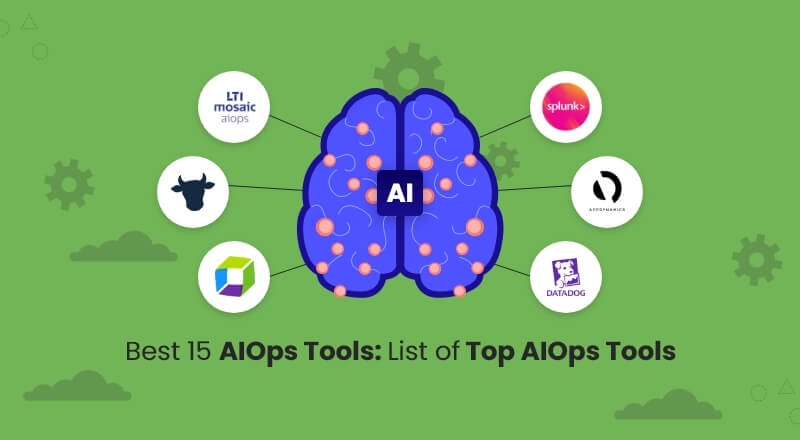
The adoption of AI Ops is gaining traction in various industries, with companies across diverse sectors leveraging its benefits to optimize IT operations and drive business value. Some real-life applications of AI Ops include:
Case Study 1: E-commerce Platform
One prominent example of AI Ops in action can be seen within a major e-commerce platform that was facing significant challenges related to site performance and customer satisfaction during peak shopping seasons. The company implemented an AI Ops solution to process vast amounts of operational data collected from user interactions, server logs, and transaction metrics. By employing machine learning algorithms, the AI Ops system successfully identified bottlenecks in real-time and predicted traffic surges during sales events.
Using insights generated from historical data, the platform optimized its resource allocation, dynamically provisioning additional server capacity as needed to handle increased demand. This proactive approach not only significantly reduced downtime but also enhanced the overall user experience, leading to a record increase in conversion rates during promotional periods. Additionally, by automating common customer inquiries through intelligent chatbots powered by AI, the platform improved response times and elevated customer satisfaction levels, underscoring AI Ops’ ability to drive tangible business value in fast-paced environments.
Case Study 2: Financial Services Firm
In the financial services sector, a leading bank adopted AI Ops to streamline its incident management processes. The institution faced frequent system outages during high transaction volumes which led to financial loss and customer dissatisfaction. By implementing AI Ops, the bank was able to integrate data from multiple sources, including transaction logs and customer service interactions, to create a unified view of its IT operations.
Through advanced data analysis, the AI Ops platform detected patterns indicating potential system failures before they occurred. By automating alert systems that notified IT staff of impending issues, the bank improved its response times dramatically, addressing critical incidents within minutes rather than hours. Moreover, the insights provided by AI Ops facilitated better communication between IT teams and business units, fostering a collaborative environment focused on service improvement. As a result, the bank not only enhanced its operational efficiency but also positioned itself as a reliable leader in the competitive financial market, reinforcing the importance of embracing AI-driven strategies for operational excellence.
Challenges and Considerations in Implementing AI Ops
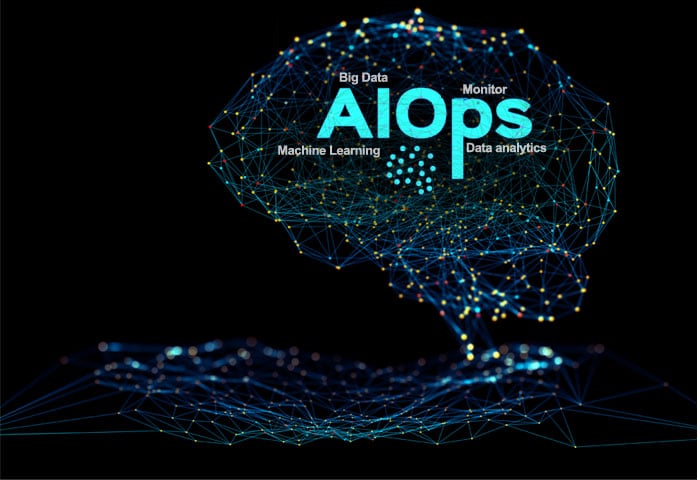
While AI Ops can deliver significant benefits to organizations, there are some challenges and considerations to keep in mind when implementing these solutions:
Data Quality and Integration
One of the foremost challenges in implementing AI Ops is ensuring the quality of data and the seamless integration of various data sources. AI systems are heavily reliant on vast amounts of accurate and relevant data for training and operation. If the data is incomplete, outdated, or inaccurate, it can lead to erroneous insights and decisions, ultimately compromising the effectiveness of AI Ops initiatives. Organizations must invest in data governance practices to enhance data quality, which includes regular audits, data cleansing processes, and defining clear data management policies. Additionally, integrating disparate IT systems, tools, and platforms remains a daunting task, especially in complex environments with legacy systems. A well-defined integration strategy, which may involve the use of APIs or middleware solutions, is crucial for creating a cohesive data ecosystem that enables AI Ops capabilities to flourish. By addressing these challenges head-on, organizations can lay a solid foundation for successful AI Ops adoption and maximize the benefits that come with it.
Skill Gap
Another critical challenge in implementing AI Ops is the existing skill gap within IT teams. As AI and machine learning technologies continue to advance, the demand for professionals with the requisite skills and knowledge to manage and operate AI-driven solutions grows simultaneously. Many organizations may find that their current workforce lacks the necessary expertise in data science, machine learning algorithms, and AI applications. To bridge this gap, companies should prioritize ongoing training and development initiatives for their IT personnel, ensuring that they stay informed about emerging technologies and best practices. Moreover, fostering a culture of continuous learning will empower employees to adapt to technological changes and enhance their competencies. Organizations could also consider collaborating with educational institutions or onboarding specialized talent to create a hybrid workforce capable of leveraging AI Ops effectively. By addressing the skill gap, organizations can build robust teams that are not only equipped to implement AI Ops successfully but also to innovate and drive continuous improvement within their IT operations.
Cost and Resources
Implementing AI Ops can also pose significant cost and resource challenges for organizations. The initial investment required for AI infrastructure, including hardware, software, and talent acquisition, may be substantial, particularly for small to medium-sized enterprises. Organizations must carefully assess their budgets and resource availability to ensure they can sustain the long-term financial commitments associated with AI Ops initiatives. Cost considerations extend beyond technology; they also encompass ongoing maintenance, updates, and the potential need for external consulting services to establish effective implementation strategies. To mitigate these challenges, companies can adopt a phased approach to AI Ops deployment, allowing for gradual investments that align with organizational priorities and risk tolerance. Additionally, aligning AI Ops initiatives with clear business objectives can help demonstrate the return on investment, justifying the costs while enabling organizations to harness the transformative power of AI in their operations effectively. By strategically managing costs and resources, companies can navigate this complex landscape and fully realize the benefits that AI Ops can deliver.
Change Management
Change management is a pivotal aspect of implementing AI Ops successfully. As organizations shift from traditional IT operations to intelligent, AI-driven processes, they must carefully manage the transition to minimize disruption and foster acceptance among employees. Resistance to change is a common challenge, as team members may be apprehensive about new technologies, fearing job displacement or the steep learning curve associated with AI tools. To combat this, it is essential to cultivate a culture of transparency and communication throughout the transformation process. Engaging employees early in discussions about the benefits of AI Ops can help demystify the technology and demonstrate its potential to enhance their roles rather than replace them.
Moreover, organizations should provide comprehensive training programs tailored to various skill levels and responsibilities, ensuring that all team members feel equipped to leverage AI Ops effectively. By empowering staff with the knowledge and tools they need, organizations can facilitate smoother adoption and accelerate the integration of AI technology into their workflows. Additionally, establishing feedback loops will allow teams to express concerns and suggest improvements, fostering a sense of ownership and collaboration. Overall, effective change management not only eases the transition to AI Ops but also strengthens employee engagement and helps realize the full potential of AI-driven operational strategies.
Conclusion
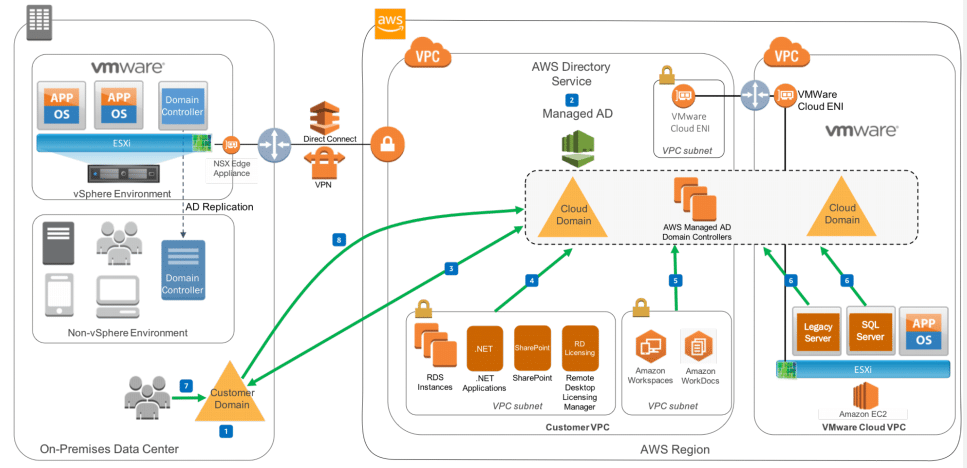
In conclusion, the successful implementation of AI Ops requires organizations to navigate a combination of challenges, including data quality, skill gaps, cost considerations, and effective change management. By strategically addressing these issues, companies can create an environment conducive to the adoption of AI-driven technologies. Emphasizing data governance ensures that AI systems operate on reliable information, while investing in talent development will build a workforce capable of leveraging these advancements. Additionally, managing costs through phased deployment and aligning initiatives with business objectives can demonstrate the value of AI Ops, generating buy-in across the organization. Lastly, fostering a culture of open communication and continuous learning will support a smoother transition, empowering employees to embrace AI technologies as tools for enhancement rather than replacement. By taking a holistic approach to these challenges, organizations can not only implement AI Ops effectively but also unlock significant operational improvements, driving innovation and long-term success in an increasingly competitive landscape.



